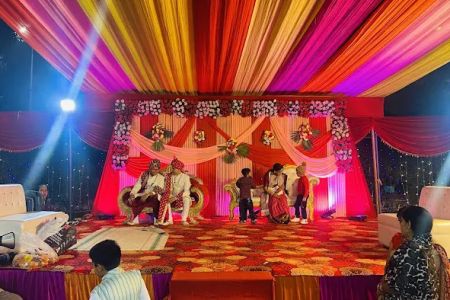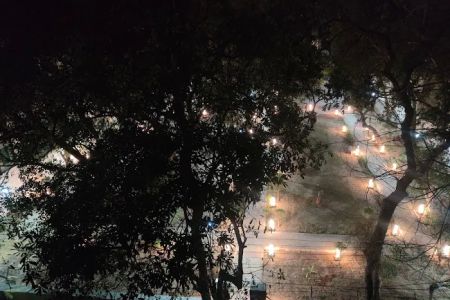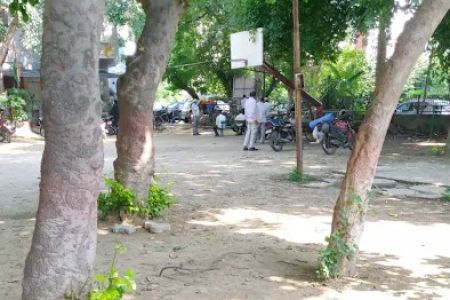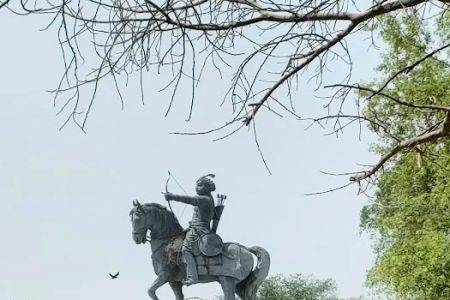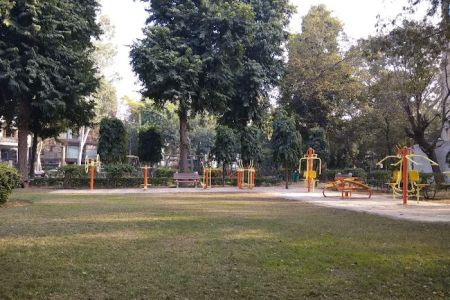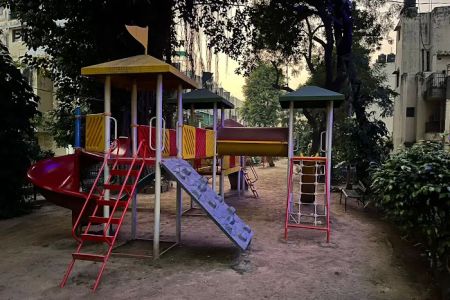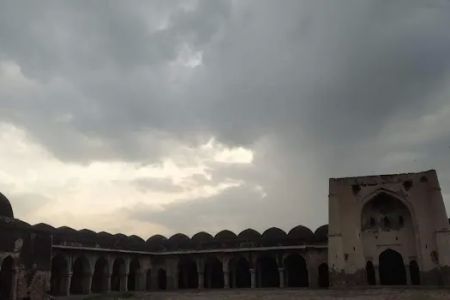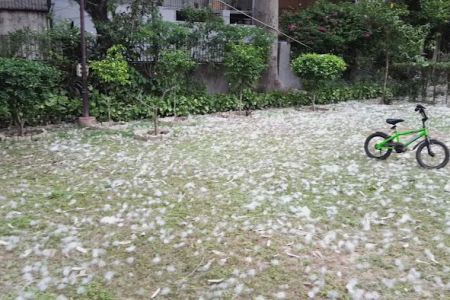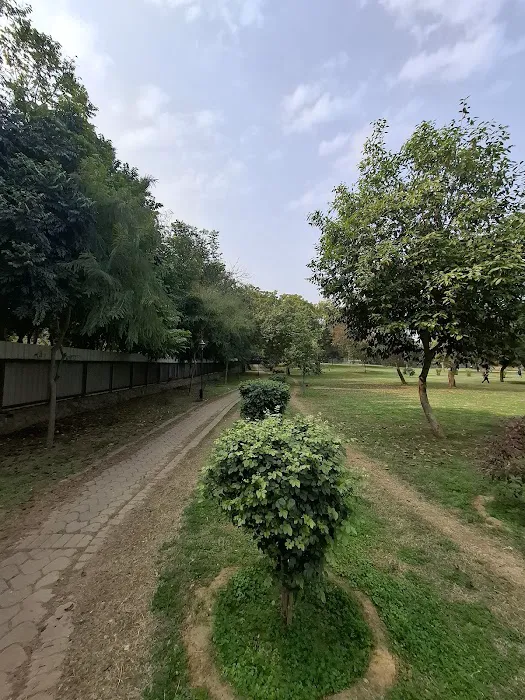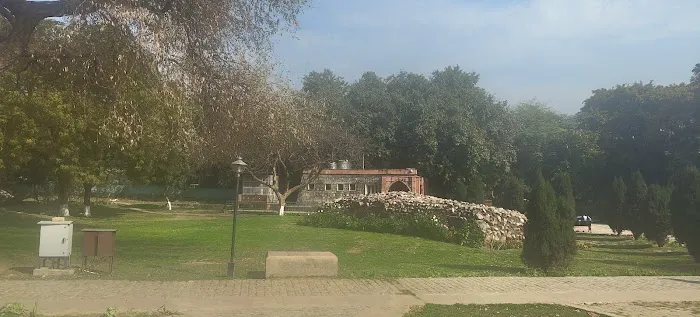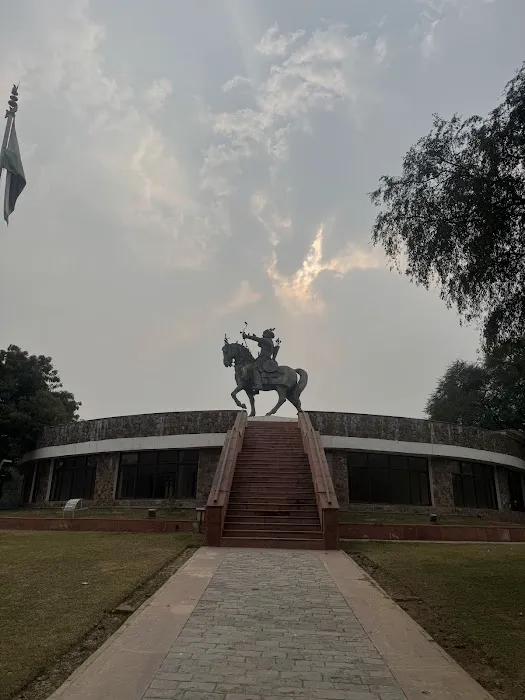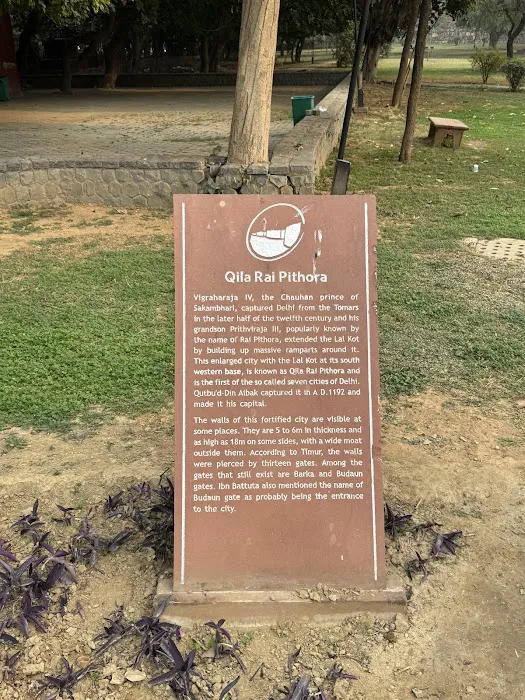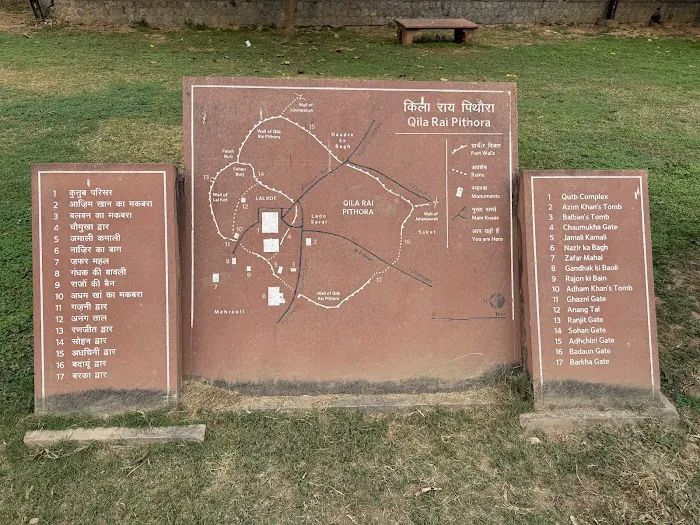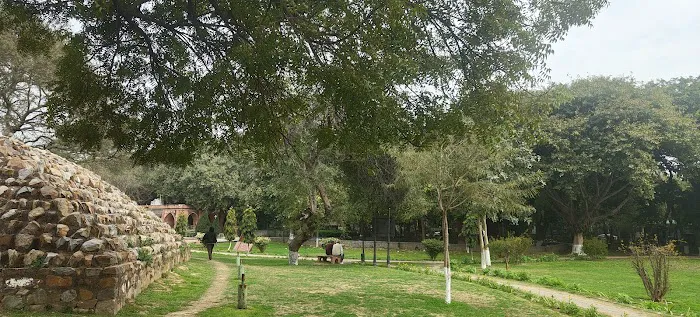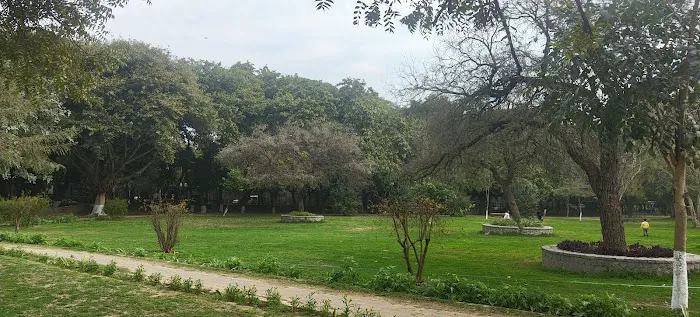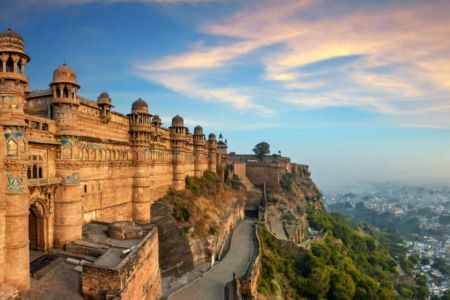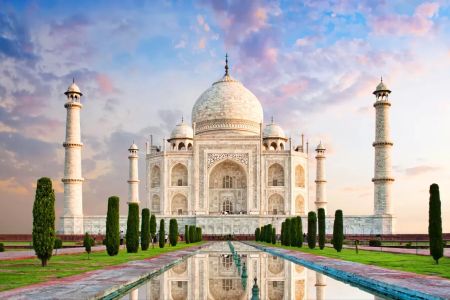Delhi, a city steeped in history and vibrant culture, is dotted with numerous sites that offer a glimpse into its glorious past. Among these, the Raipithora Cultural Complex stands out as a unique destination that beautifully intertwines historical heritage with the tranquility of a green park. For locals in Delhi, particularly those residing in areas like Munirka, Lado Sarai, and Mehrauli, this complex is more than just a park; it's a living testament to centuries of history, offering a peaceful escape and an enriching experience for those interested in heritage and nature alike.
Introduction / Overview
The Raipithora Cultural Complex is named after the historic city of Rai Pithora, the fortified city built by Prithviraj Chauhan in the 12th century, which formed the second city of Delhi. This complex serves as a poignant reminder of that era, integrating archaeological remains with expansive green spaces. While it might not be as widely publicized as some of Delhi's grander monuments, it holds immense value for those seeking a quiet walk amidst historical echoes. Local reviews highlight its appeal for "heritage walks," emphasizing the sense of history that permeates the area. Visitors can enjoy a serene environment while contemplating the remnants of a bygone era. Although some reviews mention a decline in maintenance in the past, there is a positive sentiment regarding recent improvements with the addition of new plants, suggesting an ongoing effort to restore its vibrancy. This makes the Raipithora Cultural Complex a compelling destination for both history buffs and anyone looking for a refreshing outdoor experience in South Delhi.
Location and Accessibility
The Raipithora Cultural Complex is strategically located at Delhi Manali Delhi, A 9, Laxman Singh Complex, Munirka, Kutub Golf Course, Lado Sarai, New Delhi, Delhi 110067, India. This address places it in South Delhi, a region well-known for its blend of historical sites, residential areas, and green spaces. Its proximity to prominent landmarks like the Qutub Golf Course further enhances its accessibility and recognition.
The complex benefits from Delhi's extensive transportation network, making it reachable from various parts of the city:
-
Metro Connectivity: The nearest Delhi Metro stations offering convenient access to the Raipithora Cultural Complex include the Qutub Minar Metro Station (Yellow Line) and Hauz Khas Metro Station (Yellow and Magenta Lines). From these stations, visitors can easily take an auto-rickshaw, an e-rickshaw, or a local bus to reach the complex. The metro provides a fast and efficient way to bypass Delhi's traffic.
-
Bus Services: Delhi Transport Corporation (DTC) operates numerous bus routes that pass through Munirka, Lado Sarai, and the areas surrounding the Qutub Golf Course. Several bus stops are located within a comfortable walking distance of the complex, offering an economical and widely available mode of transport for local residents.
-
Auto-Rickshaws and Cabs: Given its location in a well-developed part of South Delhi, auto-rickshaws and ride-sharing services like Uber and Ola are readily available throughout the day. This provides a convenient door-to-door travel option, especially for those who prefer direct transport.
-
Proximity to Major Roads: The complex is well-connected to major arterial roads in South Delhi, making it easily accessible for those traveling by private vehicle. While parking facilities might be informal, the area generally accommodates local traffic.
The location ensures that the Raipithora Cultural Complex remains an easily accessible and appealing destination for both daily visitors and those undertaking special heritage tours.
Services Offered
The Raipithora Cultural Complex, functioning as both a park and a historical site, offers a range of implicit and explicit services:
-
Walking and Jogging Paths: The expansive grounds provide ample space for leisurely walks, brisk jogs, and morning/evening strolls, allowing visitors to exercise amidst a historical backdrop.
-
Heritage Exploration: The complex offers a unique opportunity for "heritage walks," allowing visitors to explore the remnants of the ancient city of Rai Pithora. While not formally guided unless organized, the historical significance is a key offering.
-
Green Spaces for Relaxation: Lush lawns and scattered trees provide ideal spots for quiet contemplation, reading, or simply enjoying the peaceful environment away from the city's noise.
-
Photography Opportunities: The blend of historical structures and natural beauty offers excellent opportunities for photography, appealing to amateur and professional photographers alike.
-
Environmental Benefits: As a green lung in South Delhi, the complex contributes significantly to local air quality and provides a habitat for local flora and fauna.
Features / Highlights
The Raipithora Cultural Complex stands out due to its distinctive features:
-
Historical Significance: The most prominent highlight is its connection to Rai Pithora, the historic city of Prithviraj Chauhan. This offers a tangible link to Delhi's medieval past, making it a unique heritage site within a park setting.
-
Blend of Nature and History: Unlike many purely historical sites or modern parks, Raipithora seamlessly integrates ancient ruins and archaeological features with well-maintained green spaces. This creates a multi-layered experience for visitors.
-
Peaceful Ambiance: Despite being located in a bustling part of Delhi, the complex offers a serene and relatively quiet environment, making it an ideal escape for those seeking tranquility.
-
Potential for Improvement: While some past reviews noted maintenance issues, the mention of "new plants" indicates ongoing efforts for improvement. This shows a commitment to enhancing the visitor experience and restoring the park to its former glory, particularly with its winter flowers.
-
Ideal for Heritage Enthusiasts: For individuals passionate about history, archaeology, and heritage walks, this complex is a must-visit, offering a deeper understanding of Delhi's layered past.
Promotions or Special Offers
As a cultural complex and park managed by governmental or semi-governmental bodies (likely the Delhi Development Authority or the Archaeological Survey of India for its heritage aspects), the Raipithora Cultural Complex does not typically offer commercial "promotions" or "special offers" in the retail sense. Entry to such parks is often free or involves a nominal fee for certain sections, if any.
However, any "special" activities or opportunities would likely be community-focused or heritage-related:
-
Guided Heritage Walks: Organizations specializing in Delhi heritage might conduct paid or sometimes free guided walks, offering in-depth insights into the history of Rai Pithora. These would be external events utilizing the complex.
-
Cultural Events: Occasionally, the complex might host cultural events, historical reenactments, or art exhibitions, especially if there are dedicated cultural spaces within the complex. Information on these would be advertised by the organizers.
-
Nature & Wellness Programs: Local community groups or fitness enthusiasts might organize free yoga sessions, meditation camps, or nature appreciation walks within the park's serene environment.
Locals interested in such activities should keep an eye on announcements from local heritage groups, the Delhi tourism department, or community boards in the Munirka/Lado Sarai areas. The primary "promotion" is the free or low-cost access to a unique historical and natural space.
Contact Information
For a cultural complex that combines historical elements with a park, direct public contact numbers are not always readily available for day-to-day inquiries. The management of such sites typically falls under specific government departments responsible for heritage and urban development.
Address:
Raipithora Cultural Complex, Delhi Manali Delhi, A 9, Laxman Singh Complex, Munirka, Kutub Golf Course, Lado Sarai, New Delhi, Delhi 110067, India
For general inquiries, maintenance issues, or information regarding the heritage aspects, the most appropriate bodies to contact would be:
-
Archaeological Survey of India (ASI): If there are protected monuments or significant archaeological remains within the complex, ASI would be responsible for their preservation.
-
Delhi Development Authority (DDA): As a major land-owning and development agency in Delhi, DDA often manages large parks and cultural complexes.
-
Local Municipal Corporation (MCD): For basic park maintenance like gardening and cleanliness, the relevant zonal MCD office would be responsible.
While direct phone numbers for the complex itself are not commonly publicized, contacting these broader government agencies or checking their official websites would be the way to get information or address concerns. Local Resident Welfare Associations (RWAs) in Munirka or Lado Sarai might also have insights into local park management.
Conclusion: Why this place is suitable for locals
The Raipithora Cultural Complex is an incredibly suitable and enriching destination for locals in Delhi, offering a unique blend that caters to diverse interests. Its historical significance, rooted in the ancient city of Rai Pithora, provides a tangible link to Delhi's past, making it a compelling spot for "heritage walks" and a deeper understanding of the city's origins. For those seeking respite from urban life, the expansive green spaces offer a peaceful sanctuary for walks, relaxation, and connecting with nature. The strategic location in South Delhi, with excellent metro and bus connectivity, ensures easy accessibility for residents across the city. Despite past concerns about maintenance, recent efforts to add new plants indicate a positive trajectory, promising an even more vibrant experience. Ultimately, the Raipithora Cultural Complex serves as more than just a park; it's a quiet cultural hub, a historical classroom, and a green lung that significantly enhances the quality of life for Delhiites, providing a unique escape that nourishes both mind and body.

